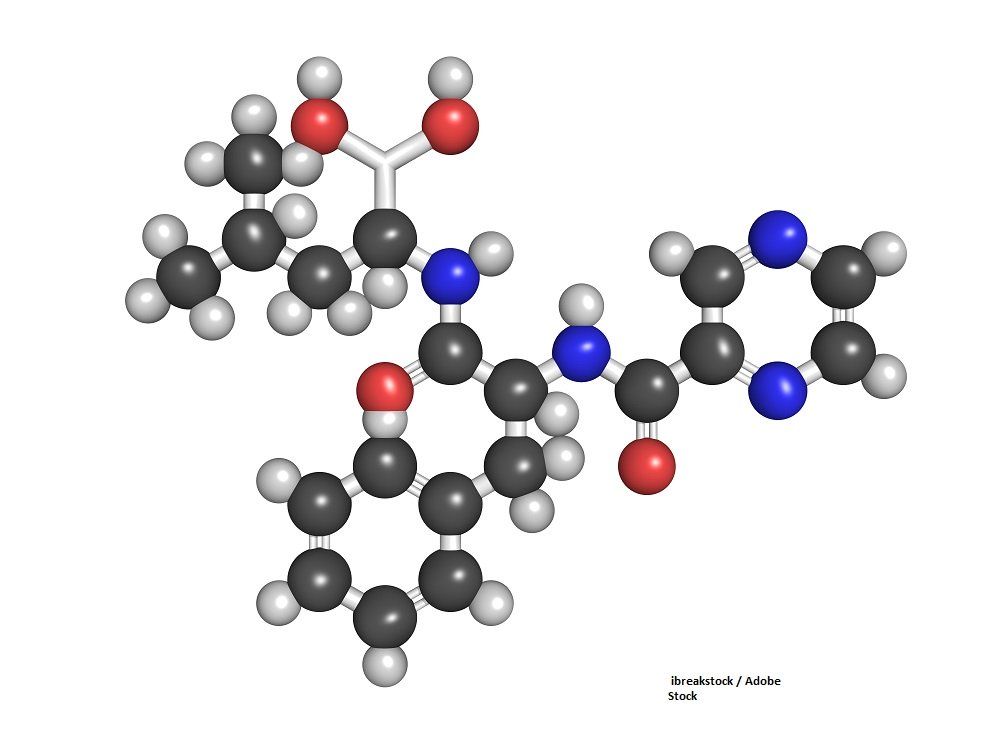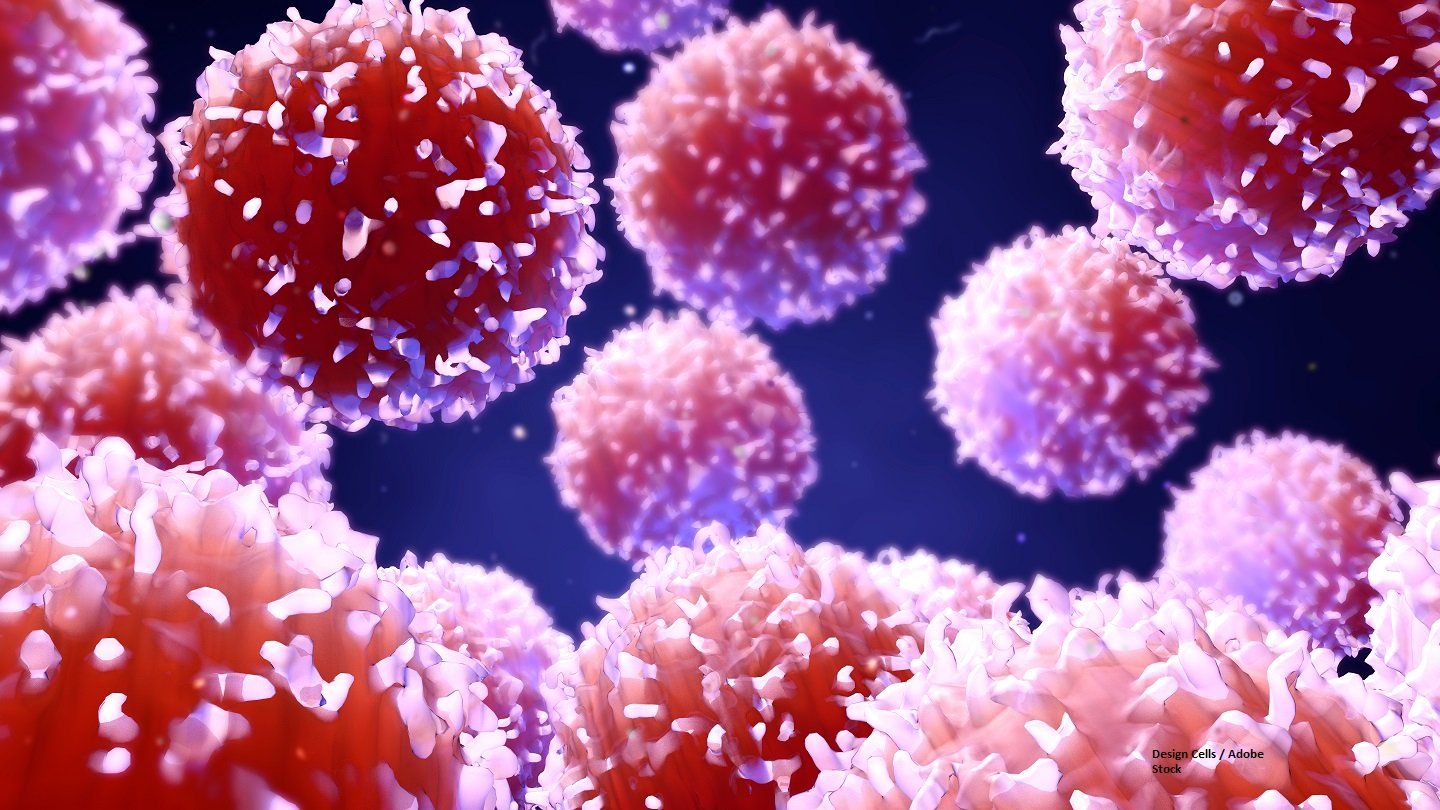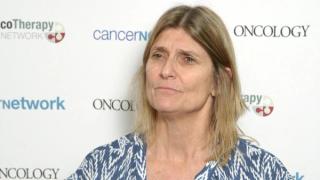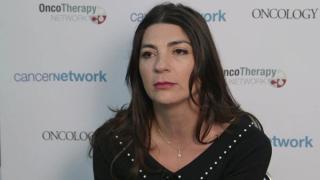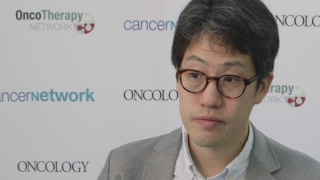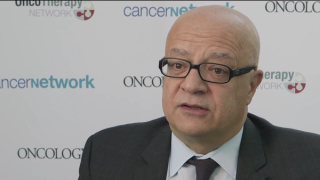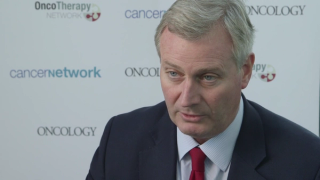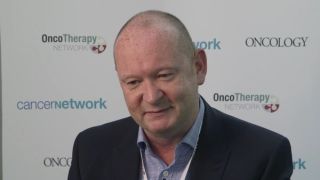
Hematologic Oncology
Latest News
Latest Videos

More News

The gait speed of an older patient with a hematologic malignancy may be an indicator of that patient’s frailty and could predict for worse clinical outcomes.
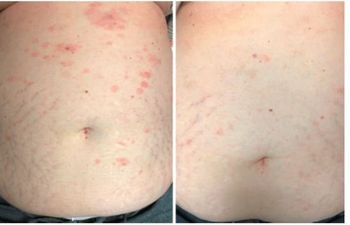
A 70-year-old woman developed red-to-violaceous papules, plaques, and nodule- like skin lesions several months prior to her presentation. The skin lesions mostly involved her lower neck and abdominal area. What is the most likely diagnosis?

A meta-analysis on existing data on the use of autologous stem cell transplant in older patients with newly diagnosed multiple myeloma confirmed the need for randomized controlled trials.
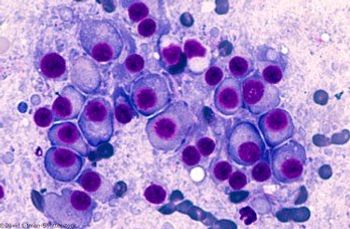
How much do you know about the incidence of extramedullary disease in patients with multiple myeloma? Take our latest quiz to test your knowledge.
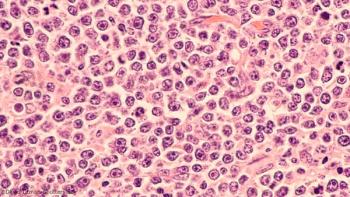
Late relapses occurred more commonly among patients with DLBCL with concurrent indolent lymphoma at initial diagnosis and those with GCB subtype.

Baseline left ventricular diastolic dysfunction may help predict the incidence of severe carfilzomib-induced cardiovascular adverse events in patients with multiple myeloma.
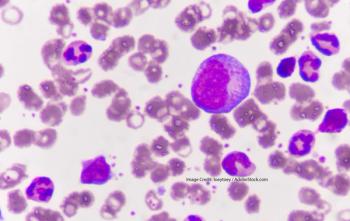
A randomized phase II trial investigated whether adding CX-01, a low anticoagulant heparin derivative, to standard care improves outcomes in older patients with acute myeloid leukemia.
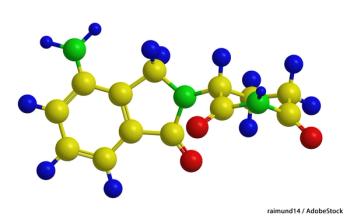
Results from a second clinical trial examined the use of lenalidomide treatment in patients with high-risk smoldering multiple myeloma, where the standard of care has been observation.
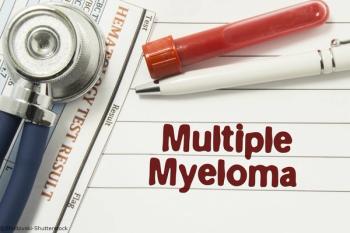
Researchers evaluated survival and infusion time with combination isatuximab, pomalidomide, and low-dose dexamethasone vs pomalidomide plus low-dose dexamethasone alone in relapsed or refractory multiple myeloma.

A phase III study tested the combination conditioning regimen of busulfan plus melphalan vs standard melphalan alone for patients with newly diagnosed multiple myeloma undergoing transplantation.

Researchers looked at survival disparities between African American and Caucasian patients with multiple myeloma.
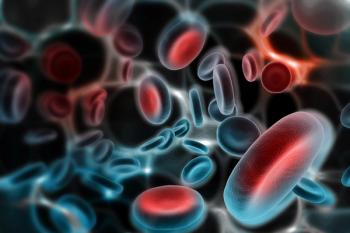
In this article, we present a case of a patient with relapsed Hodgkin lymphoma who responded to salvage chemotherapy incorporating brentuximab vedotin, a novel agent.
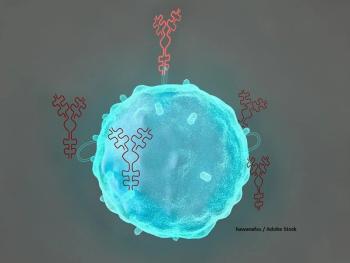
Patients with follicular lymphoma or diffuse large B-cell lymphoma with a low peripheral blood natural killer cell count at baseline had shorter time to progression.
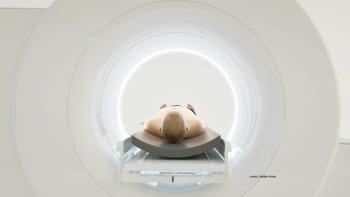
Researchers have found several characteristics identified on PET/CT that may help to predict early clinical failure of untreated follicular lymphoma.
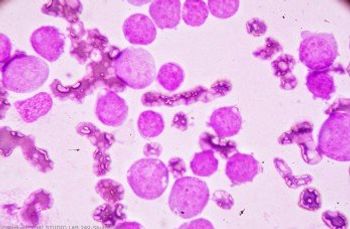
The authors explored the evidence supporting the safety and side effect profile of enasidenib, FDA-approved in August 2017 for relapsed/refractory AML.

A recent study in JAMA Dermatology evaluated overall and leukemia-specific survival in patients with AML and leukemia cutis vs AML alone.
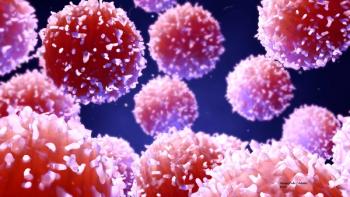
Researchers tested the addition of the T cell–boosting decitabine to anti–PD-1 therapy with camrelizumab among patients with relapsed or refractory classic Hodgkin lymphoma.

The MYD88 driver mutation was detected in the cerebrospinal fluid of a majority of patients with CNS lymphoma, indicating its potential utility as a diagnostic and monitoring tool.

Researchers looked at the treatment failure rate for immunotherapy with R-CHOP in patients with diffuse large B-cell lymphoma who were occupationally exposed to pesticides.
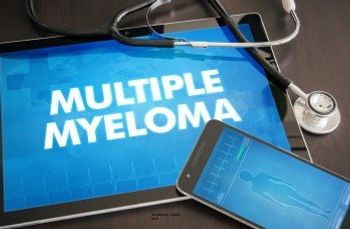
A phase III trial evaluated intermediate-dose cytarabine plus granulocyte-colony stimulating factor (G-CSF) vs G-CSF alone prior to autoSCT in multiple myeloma.
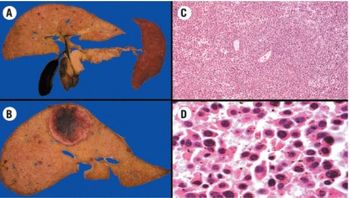
A 39-year-old woman with no significant medical history presented to the emergency department with progressive diffuse abdominal pain, involuntary weight loss, anemic syndrome, and limitation of mobility. What is the best treatment course to follow?

Researchers compared the newly developed PRIMA-PI risk score against FLIPI and FLIPI-2 in patients with follicular lymphoma.

Researchers tested the combination of isatuximab with dexamethasone and pomalidomide in patients with relapsed or refractory multiple myeloma.
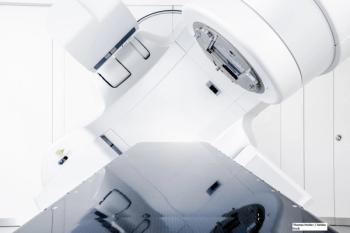
A retrospective study supported the role of primary radiotherapy in early-stage follicular lymphoma.

Researchers have identified a potential new target for CAR T-cell therapy in patients with multiple myeloma.


